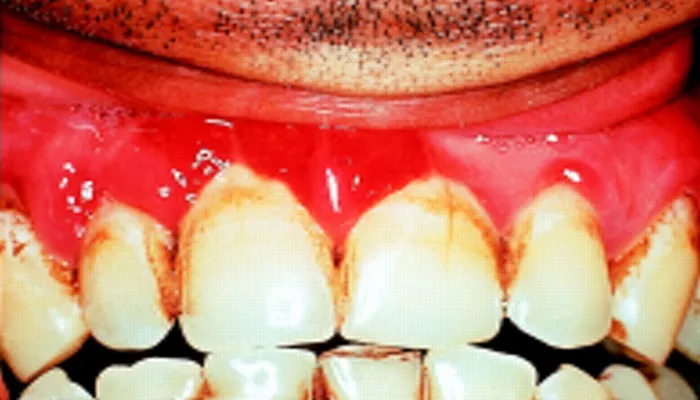Periodontal disease, also known as gum disease, is a chronic inflammatory condition that affects the supporting structures of the teeth, including the periodontal ligament and alveolar bone. It is a prevalent oral health issue that can lead to severe consequences, including bone loss. Understanding why periodontal disease causes bone loss requires an exploration of the complex interplay between oral bacteria, the host immune response, and the structural components of the tooth-supporting tissues. This article aims to provide a detailed and accessible explanation of this process.
Understanding Periodontal Disease
Periodontal disease is primarily caused by the accumulation of plaque, a sticky film of bacteria that forms on the teeth and gums. If plaque is not removed by regular brushing and flossing, it can harden into tartar (calculus), which is difficult to remove and provides a surface for more bacteria to adhere to. These bacteria produce toxins that irritate and inflame the gums, leading to gingivitis, the first stage of periodontal disease.
Why Periodontal Disease Causes Bone Loss
The Role of Inflammation
Inflammation is a natural immune response to injury or infection. When bacteria in plaque irritate the gums, the immune system responds by sending white blood cells to the area to fight the infection. This immune response causes the gums to become red, swollen, and tender, and may lead to bleeding when brushing or flossing.
However, if gingivitis is not treated, it can progress to periodontitis, a more severe form of periodontal disease. In periodontitis, the inflammation extends deeper into the tissues surrounding the teeth, affecting the periodontal ligament and alveolar bone. The immune system’s response to this deeper infection involves the activation of various cell types, including keratinocytes, stromal cells, neutrophils, monocytes/macrophages, dendritic cells, and several lymphocyte subsets. These cells release pro-inflammatory cytokines and chemokines, which are signaling molecules that recruit more immune cells to the site of infection and promote tissue destruction.
Bone Loss in Periodontitis
The inflammation and immune response in periodontitis lead to the destruction of the connective tissue attachment and alveolar bone that support the teeth. This process is called resorption, and it occurs when osteoclasts, a type of bone-resorbing cell, are activated and begin to break down the bone tissue.
The activation of osteoclasts is driven by the pro-inflammatory cytokines released by the immune cells. These cytokines stimulate osteoclast formation and activity, leading to an imbalance between bone formation and resorption. As a result, bone loss occurs, and the teeth become less securely anchored in the jawbone.
The Role of Microbial Composition
The microbial composition of dental plaque is a key factor in the initiation and progression of periodontitis. Dysbiosis, which constitutes a change in the bacterial composition of the microbiome, is associated with an increased risk of developing periodontitis. Certain bacteria, such as Porphyromonas gingivalis, have been identified as key pathogens in periodontal disease. These bacteria produce specific virulence factors, such as lipopolysaccharides and proteases, that contribute to tissue destruction and bone loss.
Systemic Consequences of Periodontal Disease
Periodontal disease has been implicated in contributing to the pathogenesis of several systemic conditions, including diabetes, rheumatoid arthritis, cardiovascular disease, and Alzheimer’s disease. The inflammation and immune response in the mouth can affect the body’s overall inflammatory status, leading to systemic inflammation and potential complications.
Prevention And Treatment
The best way to prevent periodontal disease and bone loss is through good oral hygiene practices, including regular brushing and flossing, and regular dental check-ups. Professional cleanings and scaling can remove plaque and tartar that have built up on the teeth and gums. In cases of periodontitis, treatment may involve deep cleaning (scaling and root planing) to remove plaque and tartar below the gumline, as well as antibiotic therapy to reduce the bacterial load. In severe cases, surgical procedures may be necessary to restore the bone and tissues supporting the teeth.
Conclusion
In conclusion, periodontal disease causes bone loss through a complex interplay between oral bacteria, the host immune response, and the structural components of the tooth-supporting tissues. Understanding this process is crucial for developing effective prevention and treatment strategies to maintain oral health and prevent systemic complications. By maintaining good oral hygiene practices and seeking professional dental care, individuals can reduce their risk of developing periodontal disease and preserve the health of their teeth and gums.
Related topics:

